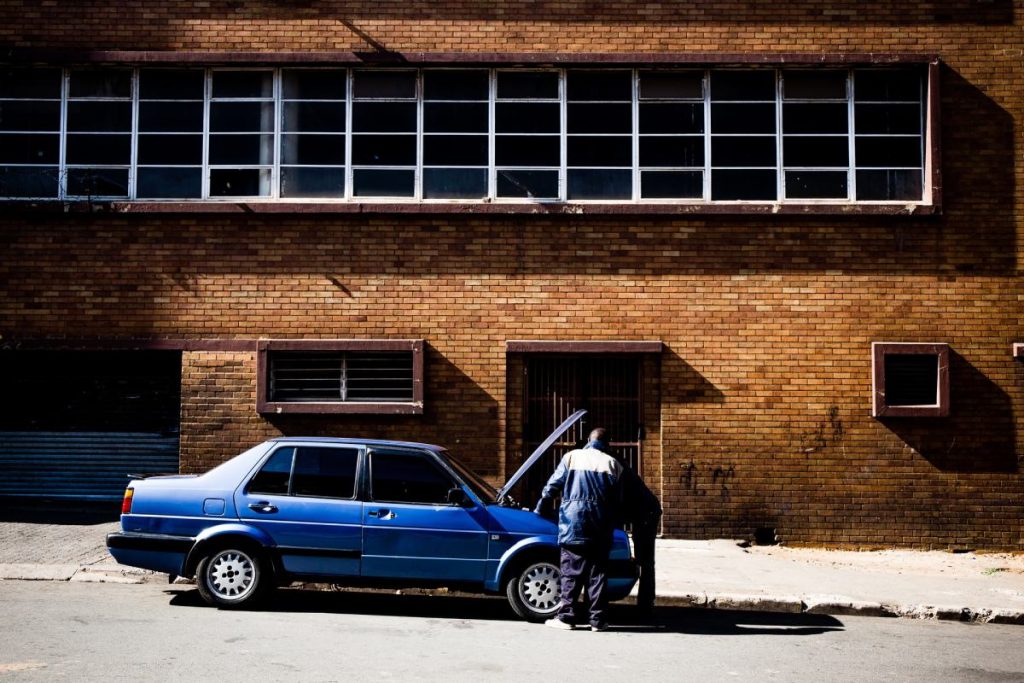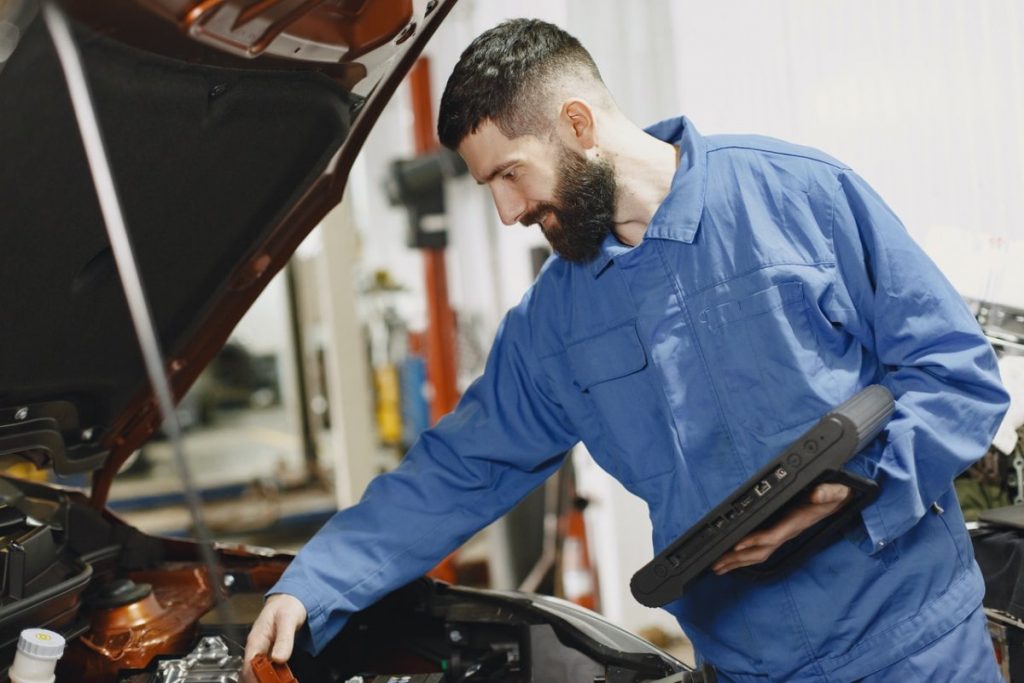Your car never just suddenly acts up or sputters to a stop. Like the human body, a car in trouble typically shows several signs before it gives in. So you must pay attention and listen while performing those maintenance checks. And one of the ways your car’s telling you it’s not “well” is through the oil pan and gasket.
What Does an Oil Pan Do?

An oil pan is part of the engine block, attached at the bottom with gaskets. It’s a basin for catching oil, which is pumped throughout the engine, playing a key role in its lubrication system. Lubrication, as any driver knows, helps maintain the nuts and bolts of a vehicle. It prevents friction, keeping your vehicle running safely for years to come.
Without lubrication, those moving parts may just cause a spark and ignite an explosion. Engine oil doesn’t just lubricate parts:
- It also cools and cleans them in the process;
- It cushions against the vibrations from the engine;
- Protects against wear and tear, and
- Allows the piston rings to seal against gases from the cylinder.
A pump filters the oil from the drain pan, removing debris and dirt before it goes through the engine.
A car oil pan holds about six quarts of oil (four quarts, at the minimum). To ensure that the pan retains most of the oil, the oil pan gasket must be secured to cushion and seal it. Otherwise, the pan will leak oil.
How Serious is an Oil Pan Gasket Leak?

The oil pan gasket, along with the pan, is exposed to harsh road elements. Aside from enduring hot oil, this pan and the gasket are subjected to corrosive materials. Since it’s located in the bottom, the engine block component can suffer from gravel and stone, road salts, dust and other elements. Oil pan gaskets can wear down, giving way to issues.
Some gaskets are made up of rubber, which get dry and develop cracks. The cracks allow the oil from the pan to leak. But the gaskets aren’t the potential sources of leaks.
The oil drip pan leak or seepage also happens as your vehicle racks up the miles. The pan may be damaged if you go off-roading or drive frequently on bad roads. The drain plug may also be tightened too much, making leaks probable.
But how bad is an oil pan gasket leak? It’s a moderate problem; it’s not severe, but it’s also not a car problem you’ll want to ignore when you notice signs of it. Why? Because left unchecked, an oil pan gasket leak can cause major car problems. Engine loss, for starters, can prematurely damage the engine. And then you’ll have to rebuild or replace it, which means big expense.
So save yourself the big cost of an engine overhaul, and look for early signs of oil drain pan leak:
-
Residue and drips from your vehicle
If oil residue is left where you parked your vehicle, it’s time to check the underbelly.
-
Engine light is blinking
If your “Check engine” light is on, take its advice.
-
Engine oil is low
Take a dipstick and see if your car has enough oil.
-
Engine overheats
It’s the last warning sign you’ve got an oil pan gasket leak.
How Much Does It Cost to Replace the Oil Pan Gasket?

When you’ve got an oil pan gasket leak, you could still drive your car. But mechanics wouldn’t recommend you do so for a prolonged period. It’s not only bad for your vehicle, since it’s running with a leak, but it’s also a fire hazard.
Unless it’s an emergency or you’ve no other option to get somewhere, don’t drive with an oil drip pan leak. What you must do is get an oil pan replacement.
The cost of an oil pan replacement typically ranges from a low of $100 to a high of $1,000. The price will depend on the year, make and model of your vehicle. The replacement of the oil pan also goes up when you send your car to an auto repair shop.
Other factors affecting the cost of an oil drain pan replacement are the brand, capacity and material of the pan.
If you want to save money on this job, you could replace the pan on your own. But it’s not going to be an easy job. Unless you’re used to working on your car, oil pan replacement may be better left up to the pros.
If you must do it yourself, have a plan ready.
Steps to Replacing Your Oil Pan
- Make sure you’re ordering the right oil drip pan for your vehicle
- Remove the oil pan gaskets
- Carefully take out the oil pan from the engine block
- Clean the surface where you’ll be placing the pan so that it seals well
- Install the new pan with the new gasket
- Add a liquid sealant across where the engine block meets the timing cover
Working on oil pan replacement is no easy job; you’ll be on your back, and depending on how quick you do the job, take up some time. You’ll want to make sure the oil pan gasket is sealed so that it does its job.
When your car’s in bad shape, it will tell you in many ways. An easy telltale sign is when it leaves oil residue where you’ve parked it. If you don’t usually look on the ground, then you’ll at least pay attention to the “Check engine” light on your dashboard. Once you’ve determined the leak is coming from the oil pan gasket, replace the component to ensure you’ll be driving a safe vehicle.

